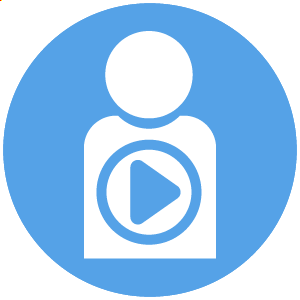Leveraging Technology to Support Interdisciplinary Project-Based Learning in Social Studies - ELA
,
Presenters


Session description
Purpose & objective
Participants will be able to explore how the use of digital tools can underscore deep, purposeful learning as exemplars illustrate how students created their own knowledge by developing their own images that allowed them to make relevant, real-world connections to historical and literary texts. Such instruction and assessment promote technology as a tool that not only engages students but also promotes creativity and critical thinking through collaborative teams while providing safe, legal, and ethical guidelines for students as digital citizens.
Outline
* 25 Minutes - Explain and demonstrate the design of the authentic learning activity (novel study) that used content standards in Social Studies and English language arts for impactful learning that also used digital tools to enhance the interdisciplinary project-based learning for Social Studies -ELA (ISTE Standard); This section will also include peer-to-peer discussion and device-based activities.
*25 Minutes - Explain and demonstrate how the use of digital tools promoted students engaging in safe, ethical, legal practices that also promoted intellectual rights/property- This includes demonstrating use of digital tools (ISTE Standard). This section will also include peer-to-peer interaction and device-based activities.
* 10 minutes - Explain how the two presenters planned for and collaborated as colleagues to create authentic learning experiences for students that utilized technology (ISTE Standard). This section will also include peer-to-peer discussion.
Supporting research
1. Carol Ann Tomlinson's model of differentiated instruction - Book - The Differentiated Classroom: Responding to the Needs of All Learners, 2nd Edition
2. ISTE Standards for Educators https://www.iste.org/standards/for-educators
3. Project-based learning website http://www.ascd.org/publications/educational_leadership/feb08/vol65/num05/Project-Based_Learning.aspx
Session specifications
Citizen
- Establish a learning culture that promotes curiosity and critical examination of online resources and fosters digital literacy and media fluency.
- Dedicate planning time to collaborate with colleagues to create authentic learning experiences that leverage technology.
- Design authentic learning activities that align with content area standards and use digital tools and resources to maximize active, deep learning.
 Return
Return Participate and share: Interactive session
Participate and share: Interactive session  Trips and Tours
Trips and Tours Recorded Session
Recorded Session Virtual Session
Virtual Session